Active Investing Thoughts – 2011 Underperformance
December 31st, 2011 by PotatoI’ve been trying to write this post for a long while, and will likely end up writing several iterations, so bear with me. Basically, I’m caught on the edge of active (value) investing vs passive (index) investing.
There are a lot of good criticisms of active investing out there, which strongly suggest that even if it is possible, it is not easy to beat the market. I was hoping I’d get a chance to read the Quest for Alpha before this post, but I don’t know when I’ll find the time, and I can always change my mind in the future (which is fodder for a second post!). Anyway, one of the things that sticks with me in the active vs passive debate is that much of the evidence against active investing comes from looking at actively managed mutual funds, which fail to out-perform their indexes net of fees to a ridiculous extent. A common (and useful) trope is that mutual fund managers are professionals who eat drink and breathe the markets, so if they can’t out-perform, then what hope do you have? However, that raises the question of whether actively managed mutual funds are the same as actively managing your own portfolio, and I think that there are key differences.
So we know then from all the studies at the very least not to invest like a mutual fund. What are some of their characteristics? High turnover. Being forced to hoard cash at market bottoms to fund redemptions. Chasing performance. Short-term (yearly or even quarterly) outlook. Avoidance of portfolios that are radically different than the index (there’s no point in being a closet indexer unless you have ridiculously low costs — just index). A focus on large, liquid companies. Window-dressing with hot companies.
Another, disciplined, approach might work then. Indeed, there are some investors out there who have consistently beaten the indexes which suggests to me it is possible to do so. I’m a numbers guy and not a people person, so I figure I have a much better chance of being one of the few investors that can beat the market than finding one who’ll manage my money for me. Though I have to endorse Michael James’ view that most people will not be able to do either, so the best option may be to not even try.
Theory aside, how have I actually done as an active investor? The first two years: not bad. I was down in a down market, but less than my benchmark indexes. Then the market came raging back, and so did I — again, a little bit better than the market, but nothing really to brag about. Then in 2010 the market had a decent year, and I had a blow-out one, nearly tripling the market return, though much of that was admittedly luck. All the while I was sticking to my principles: low turnover (~3-4 year portfolio turnover) and low costs (I figured my trading costs were around 30-40 bp, very comparable to index funds — partly a function of concentration, but mostly of a lack of trading). But then 2011 came along.
I’ve made a lot of mistakes in investing this year: TRE, TEPCO, YLO being some of the worst, but I had a few moments of stubbornness and what can only be described as idiocy (one particularly bad case of anchoring). I also had some real under-performers that I don’t yet know how to classify (IDG, SPB, NFI). If you had asked me in the summer, I would have estimated my “alpha” at something like -15% this year — it was looking so bad CC quipped “is there a pooch you don’t own?”. To be sure, I made mistakes in 2009 and 2010 too, but they were offset by some real winners, so overall alpha was positive. This year the last few months helped make up for a disastrous middle, but only a bit: in the end, I was down about 9.3%, vs the Canadian e-series fund down 9.8% and the US one up 2.0%, for a benchmark of -3.9% (I have not accounted for the impact of luck in terms of withdrawals/investments – that’s my IRR vs. a straight annual total return for the index funds). That was a relative under-performance of 5.4%.
“I didn’t do it right” is not a strong defence of active investing — I need results in the real world, so if active investing leads me to make more mistakes and under-perform passive investing at the end of the day, then I should be passive investing, even if active investing “would have” done better “if only” I didn’t make such-and-such a mistake. Would have and if onlys are great for study, but lousy for results. And the hard-and-fast of it is that by attempting active investing, you open the door for more mistakes to be made.
But I also know that even successful active investing has its bad years – partly due to mistakes, partly due to trading off higher risk for more rewards, partly due to just setting up for the future (buying what’s beaten-up only to watch it continue to get beaten up for a while).
I also know that index investing has one thing that’s a little tough to stop thinking about trying to improve: how the indexes are made up. It’s an arbitrary process — one that works great, don’t get me wrong, but no less arbitrary for that. Why does S&P get to choose which companies go in the index and which don’t, rather than say, me? The Dow is a total black box, and the TSX composite is widely regarded as over-weighting some sectors and under-weighting others. Some quasi-passive funds have emerged to put a “fundamental value” tilt on a large index with a simple weighting formula, but those look like they have flaws too (e.g., taking the already poorly balanced TSX composite, and skewing it even further towards financials).
I’ve often thought about the possibility of being “passively active” (or actively passive?) — embrace the passive philosophies of low portfolio turnover, low costs, and broad diversification, but create your own index (one that could be even better weighted by sector than the TSX, for example). Simply attempt to create a representative sample of the universe of stocks. Unfortunately, just as I was drafting a post focused on that idea a month or two ago, Michael James started talking about volatility drag and how that might not work as planned. Drat.
So once again I find myself on the fence about the active-vs-passive debate. For sure, passive investing is all I recommend to beginning investors, and all I cover in my book. Most people don’t have the OCD or emotional deadness or the je ne sais quoi that makes for a decent active investor. I don’t know myself if I’m most people or not yet. But I’m not yet ready to write off active investing as nothing more than futile hubris.
Nonetheless, I have to protect myself from overconfidence, so I do have a passive indexed portfolio to complement my active one. I do track my returns and compare how I’m doing. I use Potato’s Valve to stop myself from throwing good money after bad, and to ensure that an essential core of my portfolio is following the logical passive portfolio, so that at least my minimum goals can be met even if I blow up my active portfolio through mis-management.
Anyway, a rough year for active investing in the Potato household. Lots of mistakes were made, and though I could write many posts on what they were and how to try to avoid them in the future, the simple fact is that attempting active investing makes mistakes possible. Yet I’m still on the fence, and not quite ready to go all-passive. Like Warren Buffett said, sometimes value investing just grabs you, immediately clicks, and you can’t stop thinking about buying a dollar for fifty cents.
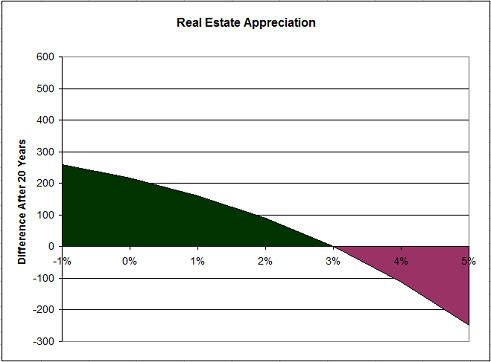
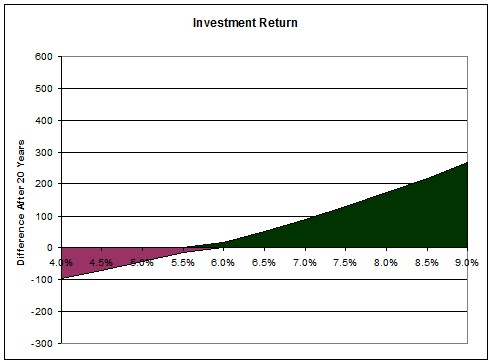
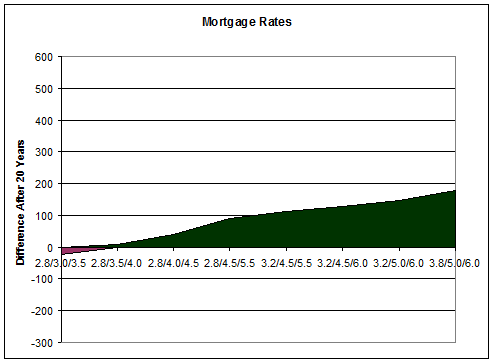
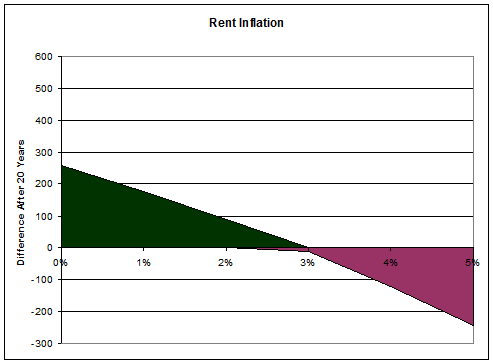
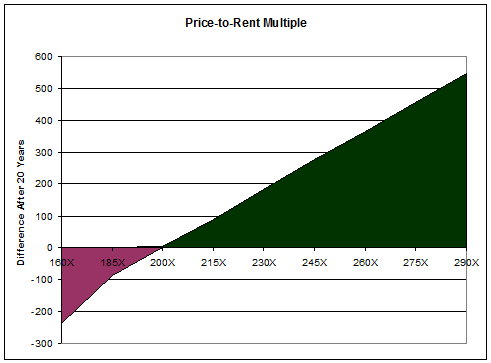
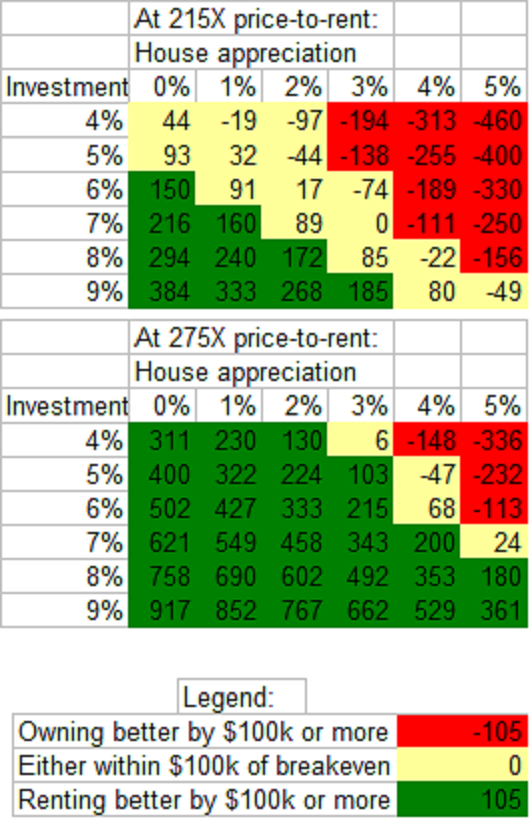


 Questrade: use QPass 356624159378948
Questrade: use QPass 356624159378948 Passiv is a tool that can connect to your Questrade account and make it easier to track and rebalance your portfolio, including the ability to make one-click trades.
Passiv is a tool that can connect to your Questrade account and make it easier to track and rebalance your portfolio, including the ability to make one-click trades.